It’s All About the Plants
Tuesday, 8 March 2016, 10:30–12:00
Goodman Building Lecture Theatre,
adjacent to the State Herbarium of South Australia
Adelaide Botanic Garden, Hackney Road
by Shelley A James
iDigBio, Florida Museum of Natural History, USA
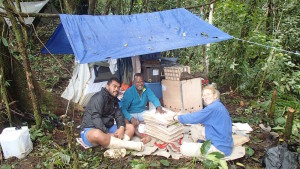 Dr James’ research interests focus on the diversity and biogeography of the flora of the Pacific region. For more than six years, she has been undertaking field work in Papua New Guinea and, recently, the Solomon Islands, collecting new botanical specimens in remote locations, and digitising herbarium collections from the Pacific. Now working for iDigBio (Integrated Digitized Biocollections), the US initiative mobilising biological specimen data, she liaises between museum collections staff, researchers, educators and cyberinfrastructure to promote the use of natural history collections and the data they contain in answering big science questions.
Dr James’ research interests focus on the diversity and biogeography of the flora of the Pacific region. For more than six years, she has been undertaking field work in Papua New Guinea and, recently, the Solomon Islands, collecting new botanical specimens in remote locations, and digitising herbarium collections from the Pacific. Now working for iDigBio (Integrated Digitized Biocollections), the US initiative mobilising biological specimen data, she liaises between museum collections staff, researchers, educators and cyberinfrastructure to promote the use of natural history collections and the data they contain in answering big science questions.
Previously, Shelley was a botanist in the Herbarium Pacificum and manager of the Pacific Center of Molecular Biodiversity at the Bishop Museum in Honolulu, Hawai’i.
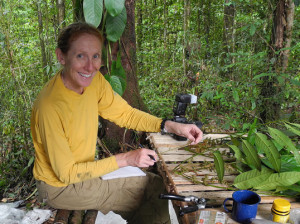
Dr Shelley James (iDigBio Data Management Coordinator)
All Herbarium staff, honoraries, volunteers, students and guests welcome. Morning tea provided.
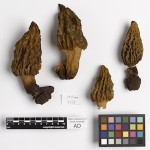 The State Herbarium of South Australia is happy to be hosting another Fungal Identification Workshop—being run by Pam Catcheside on 17 May 2016. This will be a one day workshop with a strictly limited number of places.
The State Herbarium of South Australia is happy to be hosting another Fungal Identification Workshop—being run by Pam Catcheside on 17 May 2016. This will be a one day workshop with a strictly limited number of places.
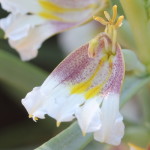 On 14–15 April, 2016
On 14–15 April, 2016 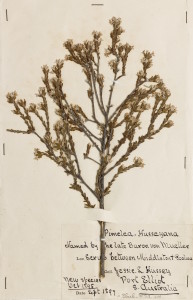 A symposium celebrating more than 60 years of the State Herbarium of South Australia.
A symposium celebrating more than 60 years of the State Herbarium of South Australia.
 Dr James’ research interests focus on the diversity and biogeography of the flora of the Pacific region. For more than six years, she has been undertaking field work in Papua New Guinea and, recently, the Solomon Islands, collecting new botanical specimens in remote locations, and digitising herbarium collections from the Pacific. Now working for iDigBio (Integrated Digitized Biocollections), the US initiative mobilising biological specimen data, she liaises between museum collections staff, researchers, educators and cyberinfrastructure to promote the use of natural history collections and the data they contain in answering big science questions.
Dr James’ research interests focus on the diversity and biogeography of the flora of the Pacific region. For more than six years, she has been undertaking field work in Papua New Guinea and, recently, the Solomon Islands, collecting new botanical specimens in remote locations, and digitising herbarium collections from the Pacific. Now working for iDigBio (Integrated Digitized Biocollections), the US initiative mobilising biological specimen data, she liaises between museum collections staff, researchers, educators and cyberinfrastructure to promote the use of natural history collections and the data they contain in answering big science questions.
You must be logged in to post a comment.